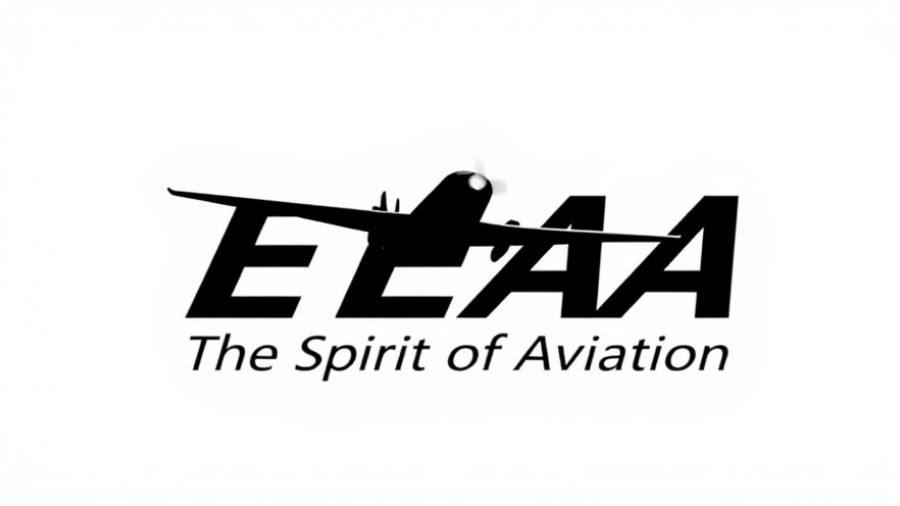
Uncovering the Air Cadet Experience: More Than Just Flying
The Air Cadets program in Canada is bursting with possibilities beyond just learning to fly. Established to engage youth and mold them into responsible citizens, it offers a wide array of experiences that foster personal growth and community involvement. With over 50,000 participants, the Air Cadets are a sizeable part of the larger Cadet program, which also includes Army and Navy pathways.
The Cadet Journey: Life Skills and Opportunities
While some cadets will earn their pilot licenses, many others find value through various skills and lessons learned during their journey. The training encompasses leadership development, survival skills, music, and even citizenship, providing cadets with a holistic education that extends far beyond the aviation world. In the words of renowned astronaut Chris Hadfield, the program prepares youth for success in various fields, creating well-rounded individuals for the future.
Challenges on the Horizon: The Impact of COVID-19
The pandemic threw a wrench in the operations of the Air Cadets, akin to the challenges faced by many organizations. Cancelled summer camps and reduced training opportunities have contributed to setbacks in staffing and infrastructure. Many former cadets who used to support the program have found it difficult to return to their roles. With budget constraints leading to fewer resources, the struggle is real for those aiming to keep the cadet spirit alive.
The Cost of Participation: A Growing Concern
Financial barriers are another obstacle affecting the program's reach, with rising rent and decreasing community support making it difficult for cadet squadrons to secure necessary facilities for training. The days when schools offered free gym usage are fading as many now enforce fees, straining already limited budgets. The reality is that while there's potential funding available, securing support from local communities remains a challenge.
A Bright Future: Opportunities for Cadets
Despite these challenges, the Air Cadets program continues to thrive in innovative ways. International exchange programs give cadets opportunities to travel and gain unique perspectives, enriching their experiences through cultural exchanges. With scholarships available for glider and powered flight training, dedicated participants can soar to new heights, both in the skies and within themselves.
Final Thoughts: Supporting Our Future Leaders
Investing in the Air Cadets is investing in the future of Canada. They shape skilled, disciplined, and community-oriented young people who contribute positively to society. As they navigate through prevailing challenges, it is essential for communities to rally behind this exemplary program. Engaging in local fundraising efforts or simply raising awareness within the community can significantly impact the future airspace safety and leadership.
 Add Row
Add Row  Add
Add 




Write A Comment